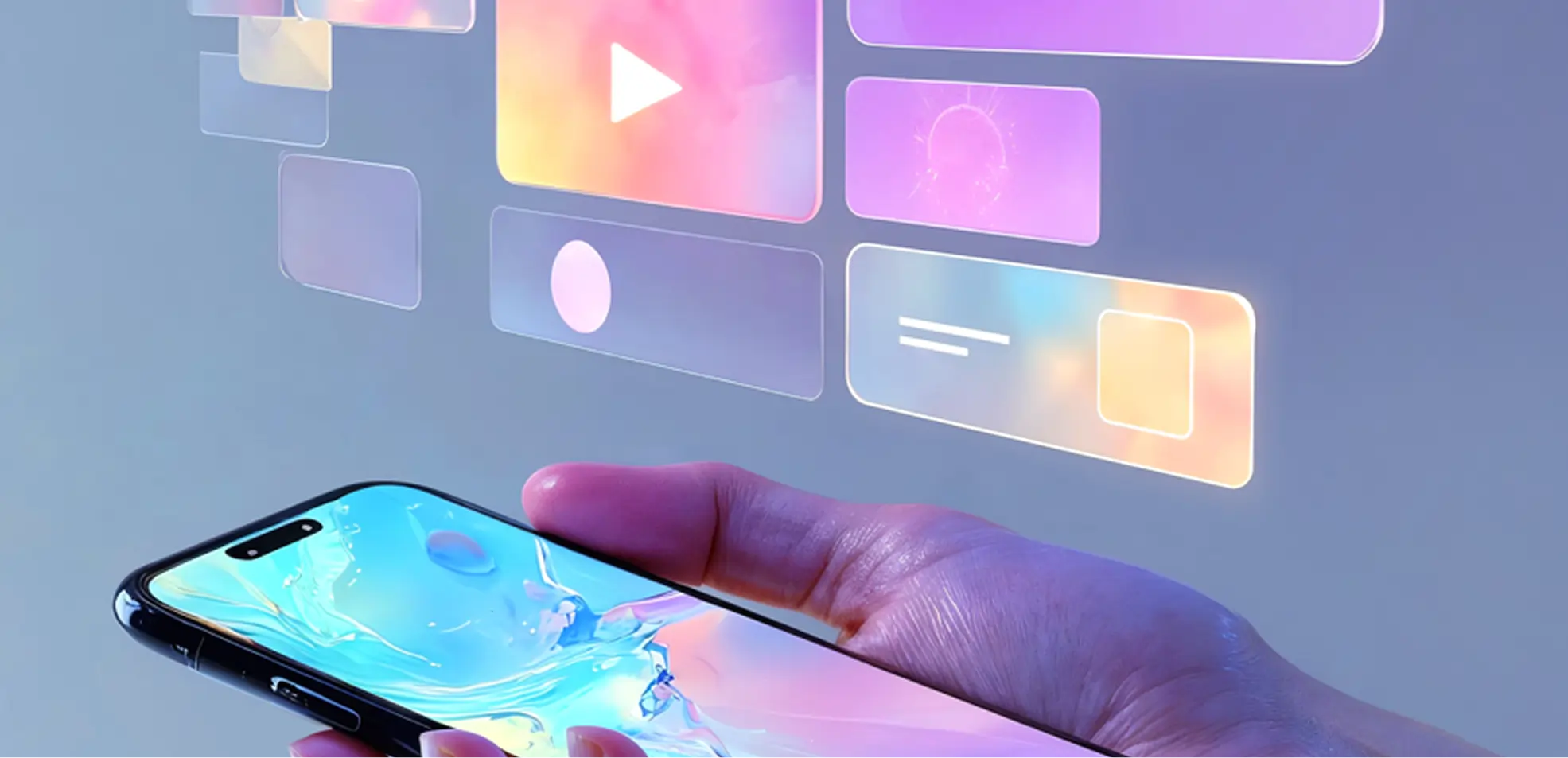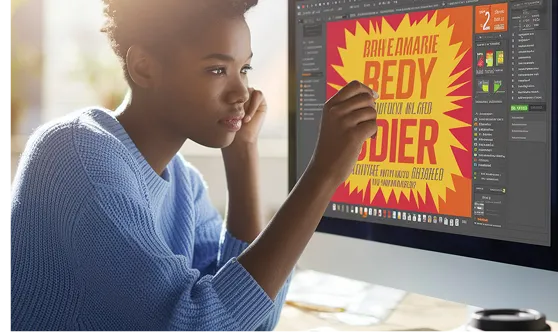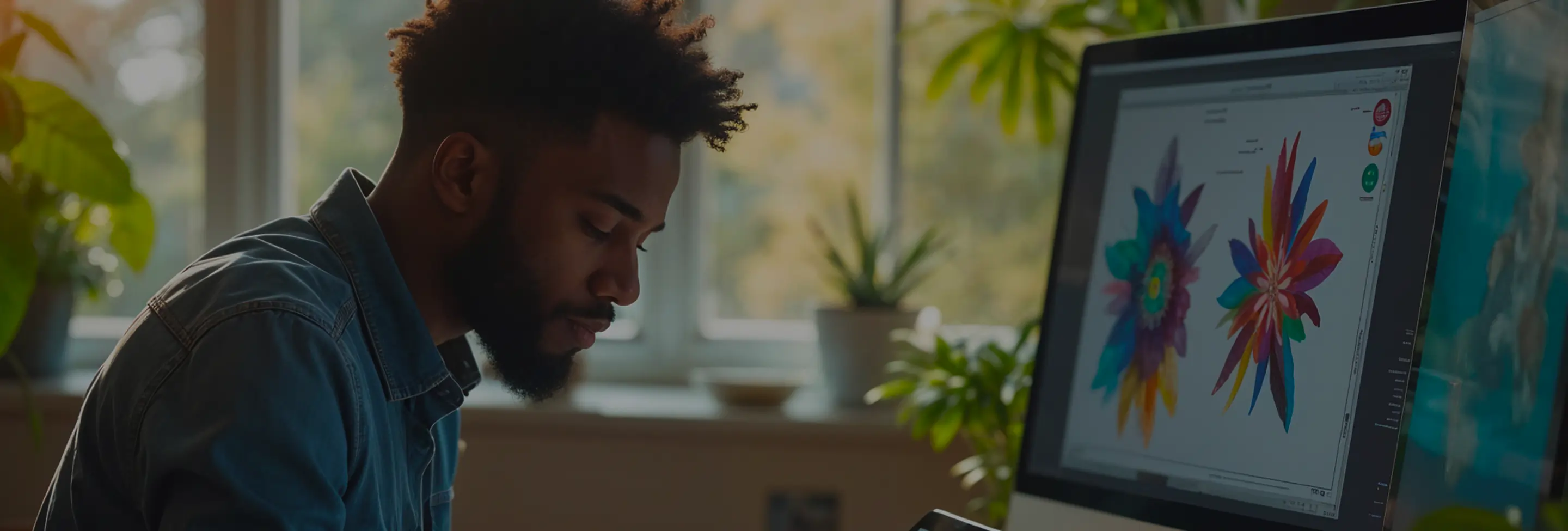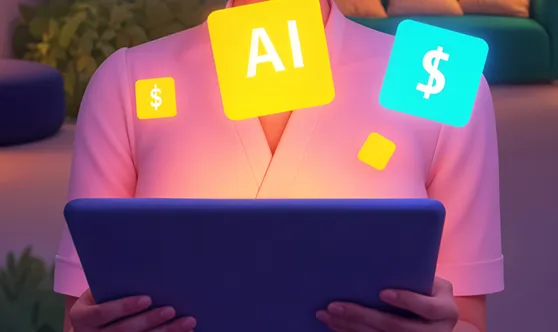
Our examination of over 2,000 freelance and agency projects revealed the top 20 AI graphic design questions that account for 85% of design workflows and creative challenges. This comprehensive Q&A delves into the most pressing issues professionals face when integrating AI into graphic design, offering actionable insights and solutions to enhance your creative processes and output.
An AI graphic designer leverages artificial intelligence algorithms to assist in creating visual content, automating repetitive tasks, and offering creative suggestions. Unlike traditional tools that require manual input for every design element, AI graphic designers can generate layouts, color schemes, and even suggest design improvements based on learned patterns from vast datasets.
Example: Tools like Adobe Sensei use AI to automate tasks such as image tagging, smart cropping, and content-aware fill, allowing designers to focus more on creative decision-making.
AI can streamline your workflow by automating time-consuming tasks, providing intelligent design suggestions, and improving overall efficiency. This allows you to allocate more time to the creative aspects of design rather than getting bogged down by repetitive tasks.
Actionable Steps:
Several AI-powered tools are revolutionizing the graphic design industry. Key players include:
Tip: Evaluate tools based on your specific needs, such as automated photo editing, layout generation, or creative inspiration.
Training machine learning models for graphic design involves collecting a large dataset of design elements, preprocessing the data, and using algorithms like convolutional neural networks (CNNs) to learn patterns and styles. This enables the model to generate or assist in creating designs tailored to specific aesthetics or requirements.
Code Example (Using TensorFlow for a Simple Style Transfer):
import tensorflow as tf
from tensorflow.keras.preprocessing import image
from tensorflow.keras.applications import vgg19
import numpy as np
# Load and preprocess images
def load_and_process_img(path):
img = image.load_img(path, target_size=(400, 400))
img = image.img_to_array(img)
img = np.expand_dims(img, axis=0)
return vgg19.preprocess_input(img)
content_image = load_and_process_img('content.jpg')
style_image = load_and_process_img('style.jpg')
# Build model
model = vgg19.VGG19(weights='imagenet', include_top=False)
model.trainable = False
# Further steps would include defining loss functions and optimization, typically handled by specialized libraries.
Note: Training custom models requires significant computational resources and expertise in machine learning.
GANs consist of two neural networks—the generator and the discriminator—that work in opposition to create realistic images. In graphic design, GANs can generate unique visual elements, enhance image quality, and even create entirely new designs from scratch based on learned styles.
Practical Example: GANs can be used to create diverse character designs for games by generating variations based on limited initial inputs, saving time and expanding creative possibilities.
AI can analyze user data to tailor designs that resonate with specific audiences, enhancing user experience and engagement. Personalization can include adapting color schemes, layout arrangements, and content presentation based on user preferences and behaviors.
Configuration Sample for Personalization:
{
"userPreferences": {
"colorScheme": "dark",
"layout": "grid",
"fontStyle": "sans-serif"
},
"designRules": {
"dark": {
"background": "#333333",
"text": "#FFFFFF"
},
"light": {
"background": "#FFFFFF",
"text": "#000000"
}
}
}
Actionable Solution: Implement user preference tracking and integrate it with your AI design tool to dynamically adjust visual elements in real-time.
While AI offers significant advantages, it has limitations such as:
Troubleshooting Tip: Use AI as a tool to augment creativity rather than replace manual design processes. Regularly review and tweak AI outputs to ensure they meet your standards.
AI serves as an assistant rather than a replacement. It excels at automating repetitive tasks and providing creative suggestions, but human insight, creativity, and emotional intelligence are irreplaceable in producing truly impactful designs.
Real-World Example: Agencies use AI to handle initial drafts and data-driven insights, allowing designers to focus on creative strategy and bespoke design elements.
To maintain originality:
Actionable Solution: Establish a workflow where AI outputs are reviewed and refined by human designers to ensure uniqueness and adherence to brand guidelines.
Practical Example: Implement AI for initial image cropping and color adjustments, then have designers finalize the design elements manually.
AI can analyze vast amounts of data to identify trends and patterns, providing inspiration and suggesting innovative design concepts. Tools like AI-powered mood boards and generative design platforms can spark creativity by offering fresh perspectives and unusual combinations.
Example: Use an AI tool to generate a mood board based on a project’s theme, then expand upon the suggested ideas to develop a unique design concept.
Ethical considerations include:
Actionable Steps: Implement ethical guidelines for AI usage, conduct regular audits of AI outputs for bias, and maintain transparency with stakeholders about how AI is utilized in designs.
Emerging technologies include:
Future Outlook: These technologies will further blend human creativity with machine efficiency, leading to more dynamic and interactive design experiences.
AI is transforming graphic designers into hybrid professionals who blend creative skills with technical proficiency in AI tools. Designers are expected to understand and leverage AI to enhance their work, focusing more on strategic and high-level creative tasks while AI handles routine operations.
Real-World Example: Designers using AI to perform rapid prototyping and A/B testing of design variants, allowing for more data-driven creative decisions.
Actionable Solution: Enroll in courses and workshops focused on AI in design, experiment with AI tools, and engage in continuous learning to adapt to the evolving landscape.
AI can enforce brand guidelines by automatically applying predefined color schemes, typography, and layout structures across all design projects. This ensures uniformity and saves time by reducing the need for manual adjustments.
Configuration Sample for Brand Guidelines:
{
"brandColors": {
"primary": "#1E90FF",
"secondary": "#FF6347",
"accent": "#32CD32"
},
"typography": {
"heading": "Roboto Bold",
"body": "Open Sans Regular"
},
"layout": {
"margin": "20px",
"padding": "15px"
}
}
Actionable Step: Integrate these guidelines into your AI design tools to automatically apply them to all projects, ensuring consistency and reducing manual errors.
Example: If an AI tool consistently produces designs with inappropriate color schemes, review and adjust the color parameters or provide more targeted training data.
Assess effectiveness through:
Actionable Solution: Implement metrics and KPIs specific to your workflow to quantitatively and qualitatively measure AI’s impact on your design process.
AI can automatically adjust design elements to suit different screen sizes and resolutions, ensuring that visuals remain consistent and effective across platforms. This includes resizing images, reorganizing layouts, and optimizing touch interfaces for mobile devices.
Practical Example: Use AI tools to create multiple versions of a website banner tailored for desktop, tablet, and mobile views, ensuring optimal display on each device.
AI can improve accessibility by:
Actionable Steps:
By addressing these critical questions, this Q&A serves as a definitive guide for graphic designers looking to harness the power of AI. Whether you are just beginning to explore AI tools or seeking advanced techniques to refine your creative process, the insights provided here are designed to help you navigate the evolving landscape of AI-driven graphic design with confidence and expertise.




Subscribe to our newsletter to receive $100 off your first month of Tapflare's flat rate unlimited design and development service. Your coupon code will be sent to your email.